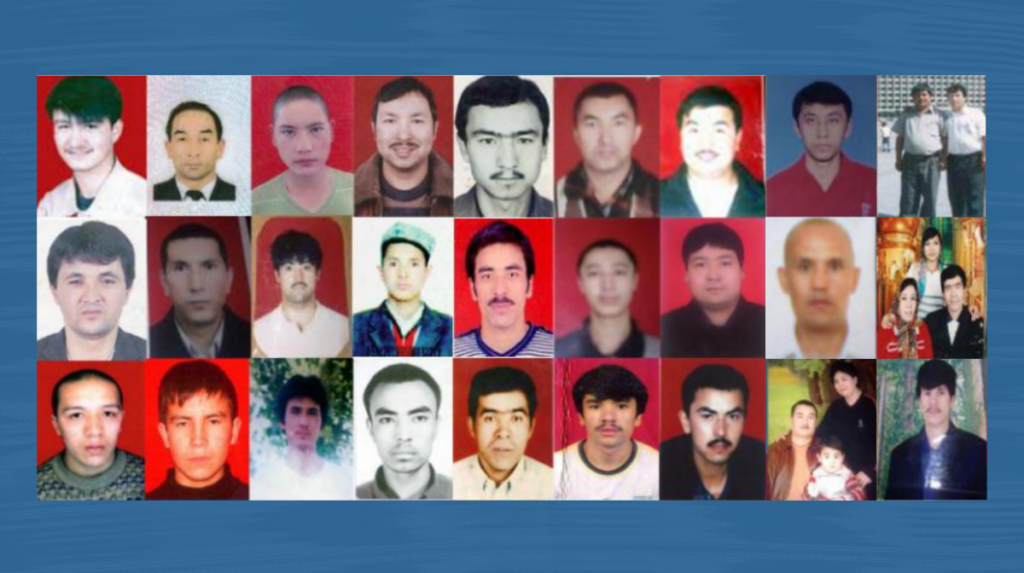15 Years After Ürümchi Unrest, UHRP Calls on China to Report on Implementation of UN Recommendations

July 5, 2024 | 9:00 a.m. EDT
For Immediate Release
Contact: Omer Kanat +1 (202) 819-0598, Peter Irwin +1 (646) 906-7722
The Uyghur Human Rights Project (UHRP) marks the 15th anniversary of the July 5, 2009, unrest in Ürümchi, and calls on China to publicly report on the steps taken to implement the dozens of recommendations made by United Nations bodies and experts.
“On this somber anniversary, public pressure is needed to ensure that China finally implements critical recommendations made by the UN Human Rights office according to international law,” said UHRP Executive Director Omer Kanat.
The July 5 incident began with a peaceful protest against the murder of Uyghur workers in a factory in Guangdong. Eyewitnesses state that security forces fired on the demonstrators, and violence erupted in the city, leading to an unknown number of deaths. In the subsequent days, security forces swept the city conducting mass disappearances.
The practice of enforced disappearances has proliferated in recent years. A 2021 UHRP report, The Disappearance of Uyghur Intellectual and Cultural Elites, documented the internment, imprisonment, and forcible disappearance of 312 intellectual and cultural producers.
Since the 2022 assessment, pressure on China has mounted, including through a landmark ruling by the UN’s anti-racial discrimination committee in November 2022. In a public statement in September 2023, UN experts warned of the risk of “forced assimilation” as a result of “forced separations and language policies for Uyghur children.” China also underwent harsh scrutiny from the UN Committee on Economic, Social and Cultural Rights, and Committee on the Elimination of Discrimination against Women in early 2023.
Following China’s Universal Periodic Review in January 2024, China received dozens of recommendations related to Uyghurs, most of which were officially rejected. China’s UPR adoption took place on July 4.
